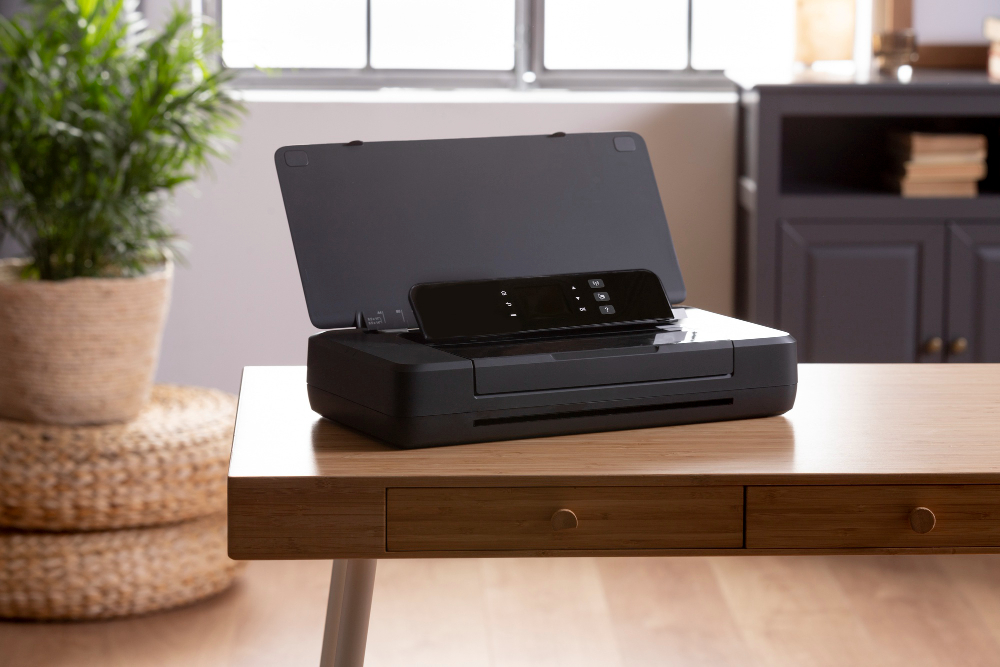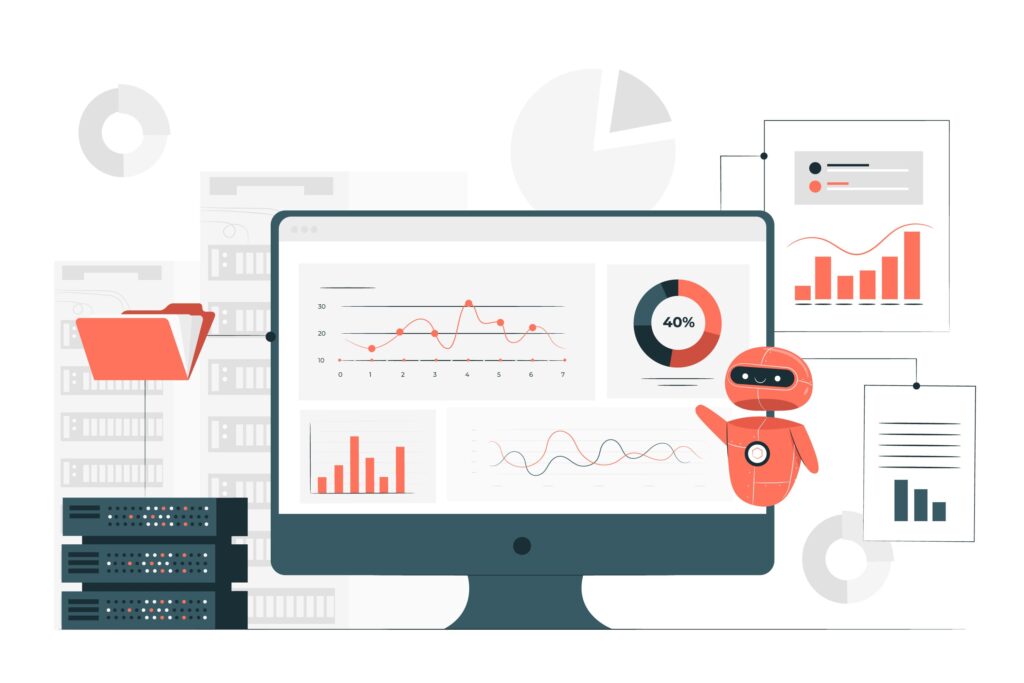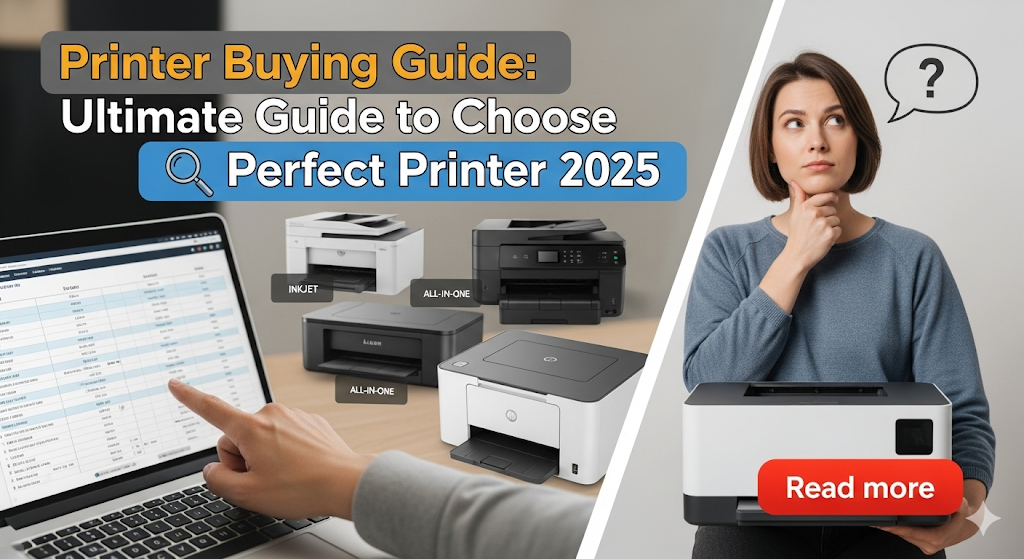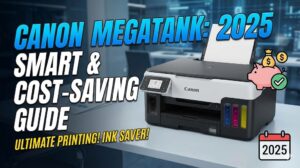Introduction
Finding the right printer buying guide can save you hundreds of dollars and countless hours of frustration. With so many printer types, brands, and features available today, choosing the perfect printer feels overwhelming for most people.
Whether you need a printer for home office work, family photos, student assignments, or small business operations, this comprehensive guide will simplify your decision-making process. You’ll discover the key factors that matter most, avoid common buying mistakes, and find the ideal printer that matches your specific needs and budget.
By the end of this printer buying guide, you’ll have the confidence to make an informed purchase that serves you well for years to come.
What Is a Comprehensive Printer Buying Guide?
A printer buying guide is a systematic approach to evaluating and selecting the right printing device based on your specific requirements, budget, and usage patterns. It considers multiple factors including print volume, quality needs, connectivity options, and long-term operating costs.
Unlike simple product reviews, a thorough printer buying guide analyzes your unique situation first. It helps you understand the differences between inkjet and laser printers, all-in-one versus single-function models, and budget versus premium options.
The best printer buying guide also considers hidden costs like ink cartridges, maintenance, and energy consumption. These ongoing expenses often exceed the initial printer purchase price over the device’s lifetime.
Modern printer buying guides must address new technologies like wireless connectivity, mobile printing, cloud integration, and eco-friendly features. These capabilities have become essential for many users in today’s digital workspace.
A quality guide also explains technical specifications in simple terms, helping non-technical users understand what features actually matter for their specific needs.
8 Essential Steps to Choose Your Perfect Printer

Step 1: Assess Your Printing Volume and Frequency
Start by estimating how many pages you print monthly. Light users (under 100 pages) have different needs than heavy users (over 1000 pages). Track your current printing habits for a few weeks to get accurate numbers.
Consider seasonal variations in your printing needs. Students might print heavily during exam periods, while small businesses may have busy quarterly reporting times.
Step 2: Determine Your Print Quality Requirements
Evaluate what you’ll be printing most often. Text documents require different quality standards than photo prints or marketing materials. Professional presentations need higher quality than casual home printing.
Photo enthusiasts should prioritize color accuracy and resolution. Business users might focus on crisp text and fast printing speeds instead.
Step 3: Choose Between Inkjet and Laser Technology
Inkjet printers excel at photo printing and color documents but have higher per-page costs for text. They’re ideal for low to moderate printing volumes and mixed content types.
Laser printers dominate in text quality and speed, with lower per-page costs for high-volume printing. They’re perfect for offices and heavy text document printing.
Step 4: Decide on Single Function vs All-in-One
Single-function printers cost less upfront and often provide better print quality. They’re suitable when you only need printing capabilities.
All-in-one models combine printing, scanning, copying, and sometimes faxing. They save space and money compared to buying separate devices, making them ideal for home offices and small businesses.
Step 5: Evaluate Connectivity and Mobile Features
Modern printers should support wireless connectivity for flexible placement and mobile device printing. Look for Wi-Fi, Wi-Fi Direct, and Ethernet options based on your network setup.
Mobile printing capabilities like AirPrint, Google Cloud Print, and manufacturer apps have become essential for smartphone and tablet users.

Step 6: Calculate Total Cost of Ownership
Research ink or toner cartridge costs and yields. High-capacity cartridges often provide better value despite higher upfront costs. Some printers use expensive proprietary cartridges that increase long-term expenses significantly.
Consider energy consumption, especially for office environments where printers run continuously. ENERGY STAR certified models can reduce electricity costs.
Step 7: Research Brand Reliability and Support
Read user reviews focusing on reliability, print quality consistency, and customer service experiences. Some brands offer better warranty terms and technical support than others.
Check local service availability and parts accessibility. Popular brands typically have better service networks and longer product support lifecycles.
Step 8: Set Your Budget and Compare Options
Establish both initial purchase budget and monthly operating cost limits. Sometimes spending more upfront saves money long-term through lower per-page printing costs.
Create a shortlist of 3-5 models meeting your requirements and compare their features, costs, and reviews before making your final decision.

Additional Insights and Advanced Features
Modern printers offer advanced features that can significantly enhance productivity and convenience. Automatic document feeders (ADF) speed up scanning and copying multi-page documents. Duplex printing saves paper costs by automatically printing on both sides.
Security features have become crucial for business environments. Look for printers with secure print release, user authentication, and network security protocols. These features protect sensitive documents and prevent unauthorized access.
Cloud integration allows direct printing from services like Google Drive, Dropbox, and Microsoft OneDrive. This eliminates the need to download files to your computer first.
Voice control compatibility with Alexa and Google Assistant enables hands-free printing commands. While not essential, these features add convenience for tech-savvy users.
Consider eco-friendly options like printers with recyclable cartridges, energy-saving modes, and sustainable manufacturing practices if environmental impact matters to you.
Common Printer Buying Mistakes to Avoid
Focusing Only on Purchase Price: Many buyers choose the cheapest printer without considering ink costs. A $50 printer might cost $200 annually in ink, while a $150 printer might cost only $100 yearly in consumables.
Ignoring Print Volume Ratings: Using an inkjet printer designed for 100 pages monthly to print 500 pages will lead to frequent maintenance issues and poor reliability. Always match printer specifications to your actual usage.
Overlooking Connectivity Needs: Buying a USB-only printer when you need wireless printing from mobile devices creates frustration. Modern households typically need wireless connectivity for multiple users and devices.
Skipping Reviews and Research: Printer performance varies significantly between models, even from the same manufacturer. Spend time reading professional reviews and user feedback before purchasing.
Buying Outdated Technology: Older printer models may lack current wireless standards, mobile app support, or security features. Ensure your chosen model supports modern connectivity and features you’ll need.
Underestimating Space Requirements: Large all-in-one printers need significant desk space and clearance for paper loading. Measure your available space before selecting a model.
Frequently Asked Questions
Q: Which printer type is better for home use – inkjet or laser? A: Inkjet printers work better for homes with mixed printing needs including photos and color documents. Laser printers suit homes with primarily text document printing and higher monthly volumes.
Q: How important is printer brand when making a buying decision? A: Brand matters for reliability, support quality, and cartridge availability. Stick with established brands like HP, Canon, Epson, or Brother for better long-term satisfaction and service.
Q: Should I buy compatible ink cartridges to save money? A: Compatible cartridges can reduce costs by 50-70% but may affect print quality or void warranties. Test with non-critical documents first and buy from reputable third-party suppliers.
Q: What’s the ideal monthly print volume for different printer types? A: Inkjet printers handle 0-500 pages monthly efficiently. Laser printers excel with 200-5000+ pages monthly. Match your actual usage to manufacturer recommendations for best performance.
Q: How long should a good printer last? A: Quality printers typically last 3-5 years with proper maintenance. Business-grade models often last longer due to more robust construction and better component quality.
Conclusion
This comprehensive printer buying guide provides the framework for making an informed printer purchase decision. By following these systematic steps, you’ll avoid costly mistakes and find a printer that truly meets your needs.
Remember that the cheapest initial price rarely equals the best long-term value. Consider total ownership costs, reliability, and feature requirements when making your final choice. The right printer should serve you reliably for years while keeping operating costs manageable.
Take time to research thoroughly and read user reviews before purchasing. A well-chosen printer becomes an invaluable tool that enhances productivity and creativity. Use this printer buying guide as your roadmap to finding the perfect printing solution for your unique situation.
Wireless Printers for Home: Ultimate Setup Guide & Top Picks 2025 Read More.




